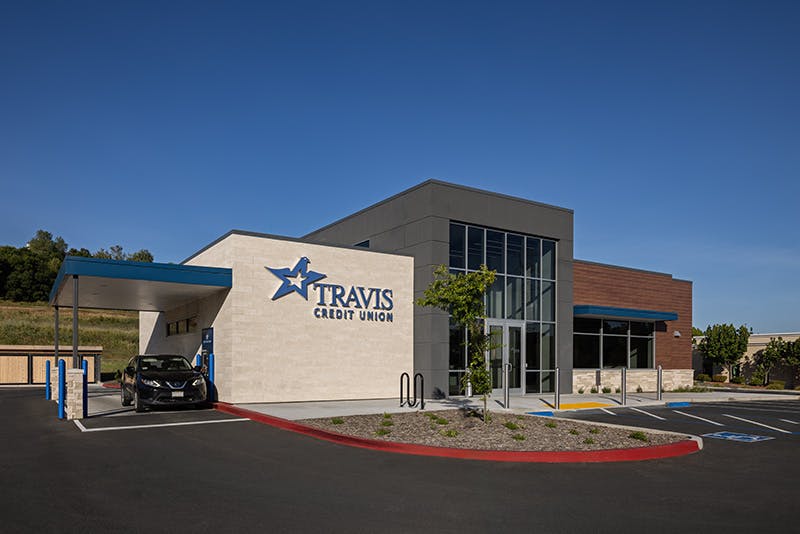Navigating the “New Normal”: Challenges and Strategies for Financial Institutions
The takeaway from of all this is that it’s too soon to tell exactly what the “new normal” will look like, but we can certainly use our experience and assessment to confidently project:
- Higher rates will raise the cost of funds, putting the spotlight on core deposits and other low-cost deposits.
- Higher rates may also dampen loan demand, at least in the short to intermediate term (sooner or later, cars have to be replaced, families need to move, and unexpected life events happen!).
Previously, some institutions have created high performance lending teams over the low-interest rate era, but diminished loan demand in the present and near future may constitute a refocusing of your strategy.
So, what can be done?
Our next and final post in this series will examine some strategies to pursue core deposits as one way of managing the “new normal” and boosting your net interest margin.
Leveraging Technology and Strategic Planning for Credit Union and Community Bank Success
In this dynamic landscape, financial institutions must adapt to changing member or customer expectations and leverage technology to deliver exceptional retail bank customer experiences. Embracing data-driven retail financial institution consulting and strategic planning can position your credit union or community bank to thrive in the evolving market.
At LEVEL5, we understand the unique challenges faced by financial institutions and offer expert guidance in financial institution strategy and planning. Our 20 years of experience as pioneers in modern bank design and retail bank consulting, enables us to deliver innovative solutions tailored to your institution’s needs.
Whether you’re exploring credit union or community bank branch construction, credit union or community bank branch design, or branch transformation, our national design build services ensure a seamless process from start to finish. We specialize in strategic planning for financial institutions, market analysis, and designing the branch of the future.
Contact Level5 For Help with Your Core Deposit Growth Strategy
Contact us today to learn more about how LEVEL5 can help you navigate the changing landscape of the financial industry and achieve your growth objectives. Let’s build the future together.










